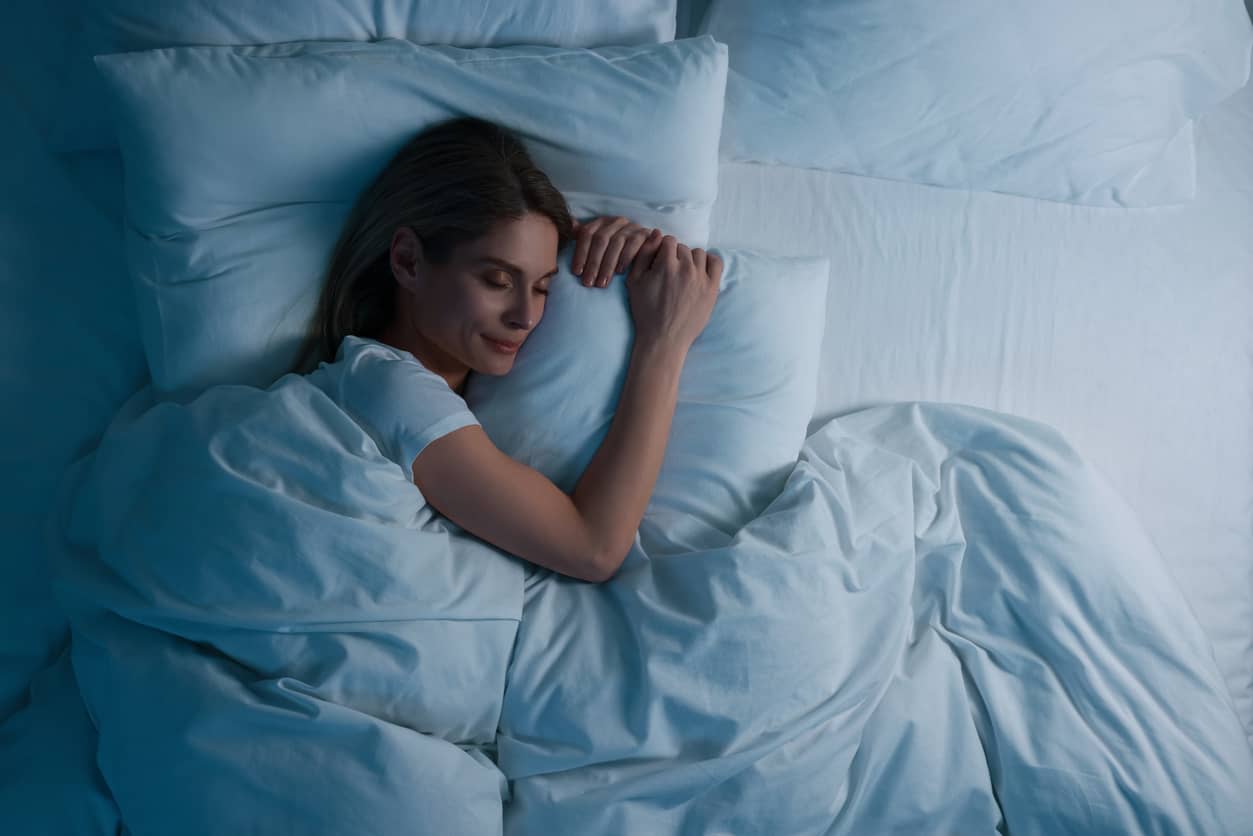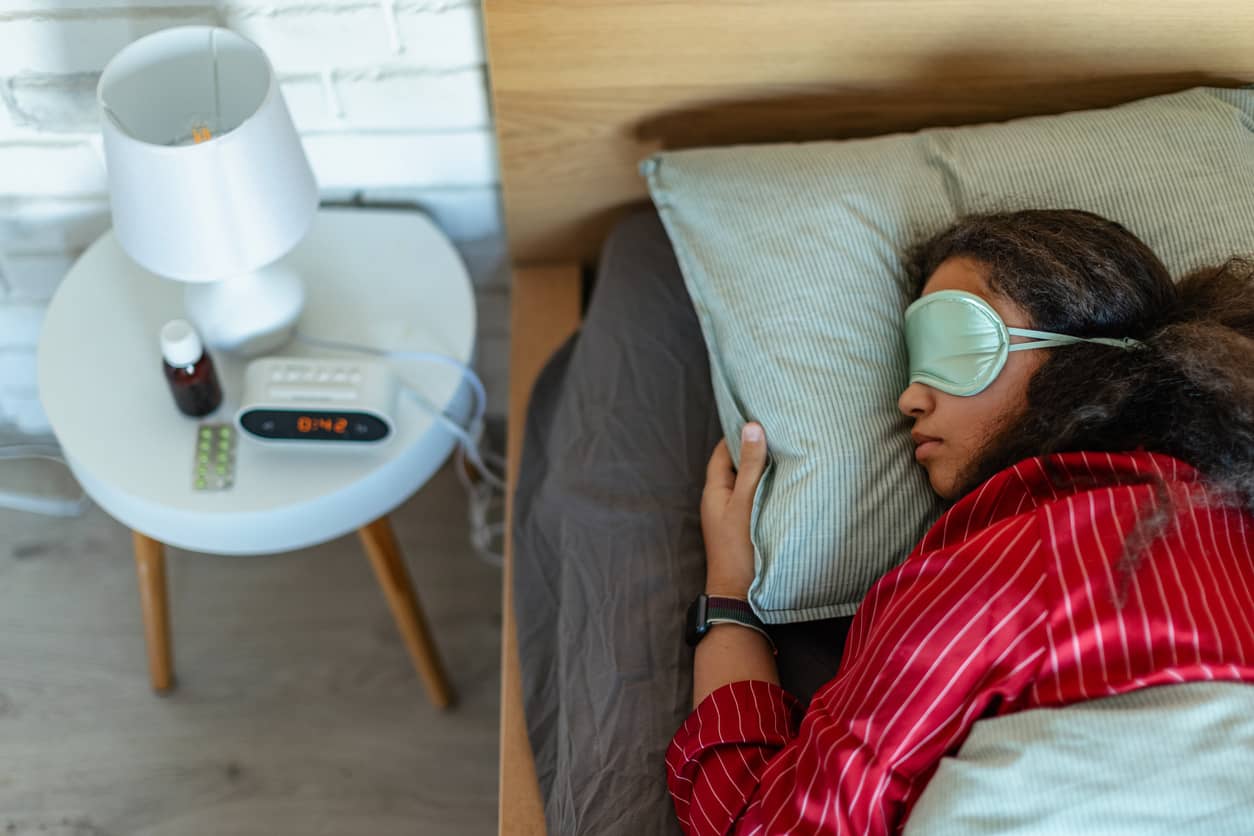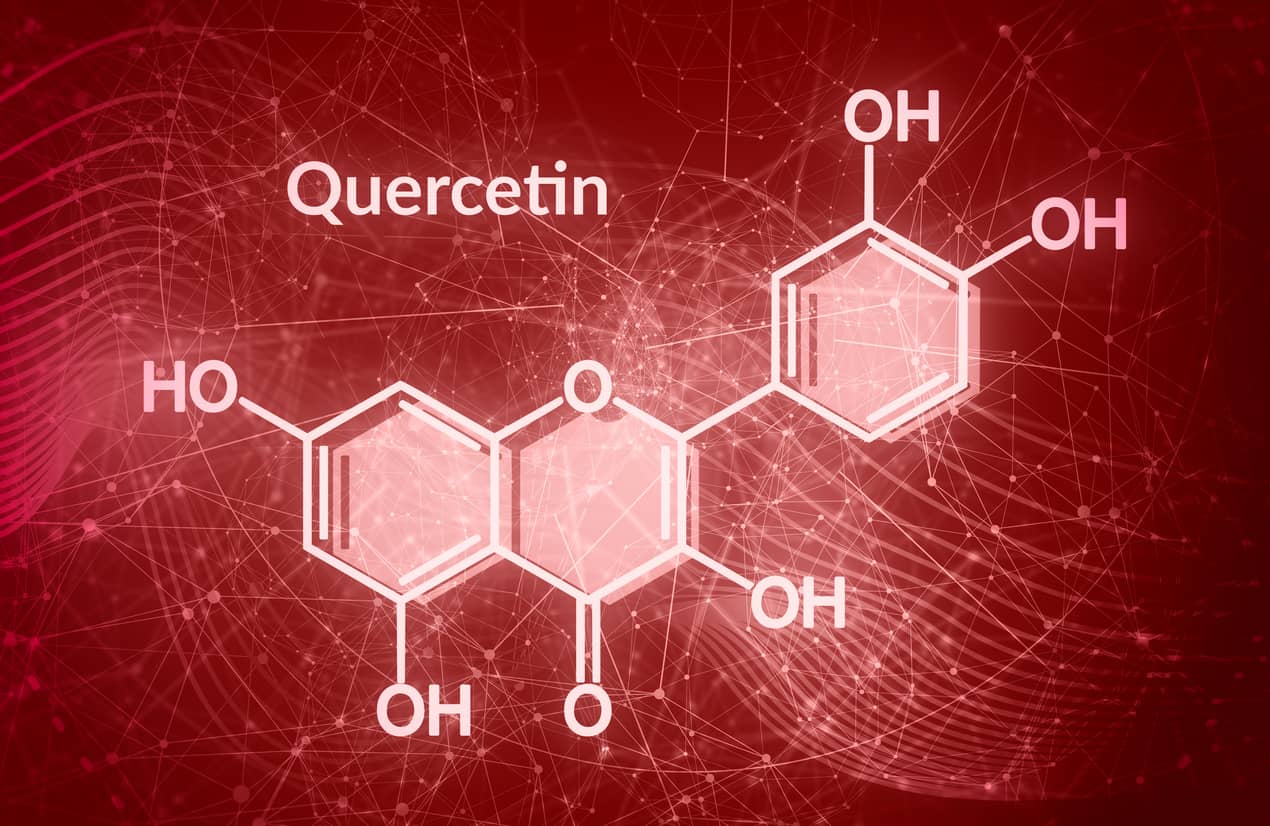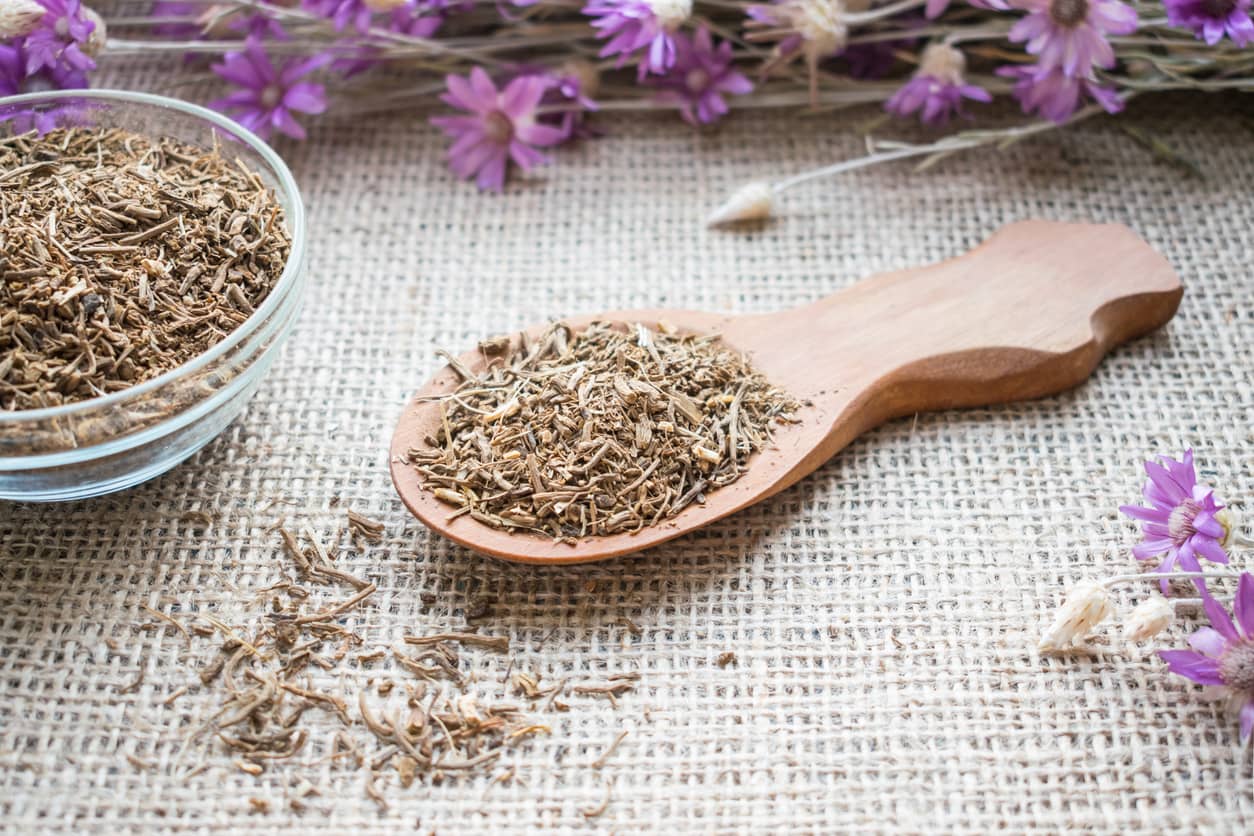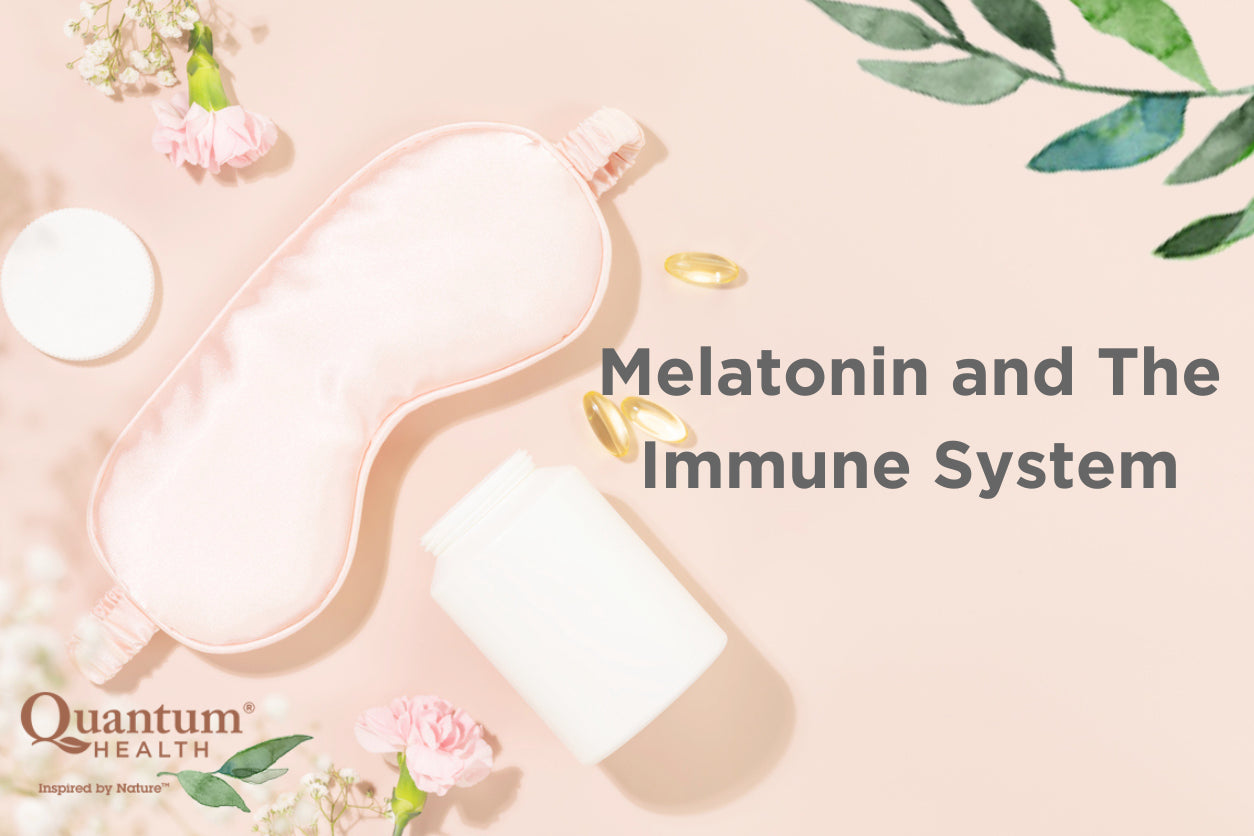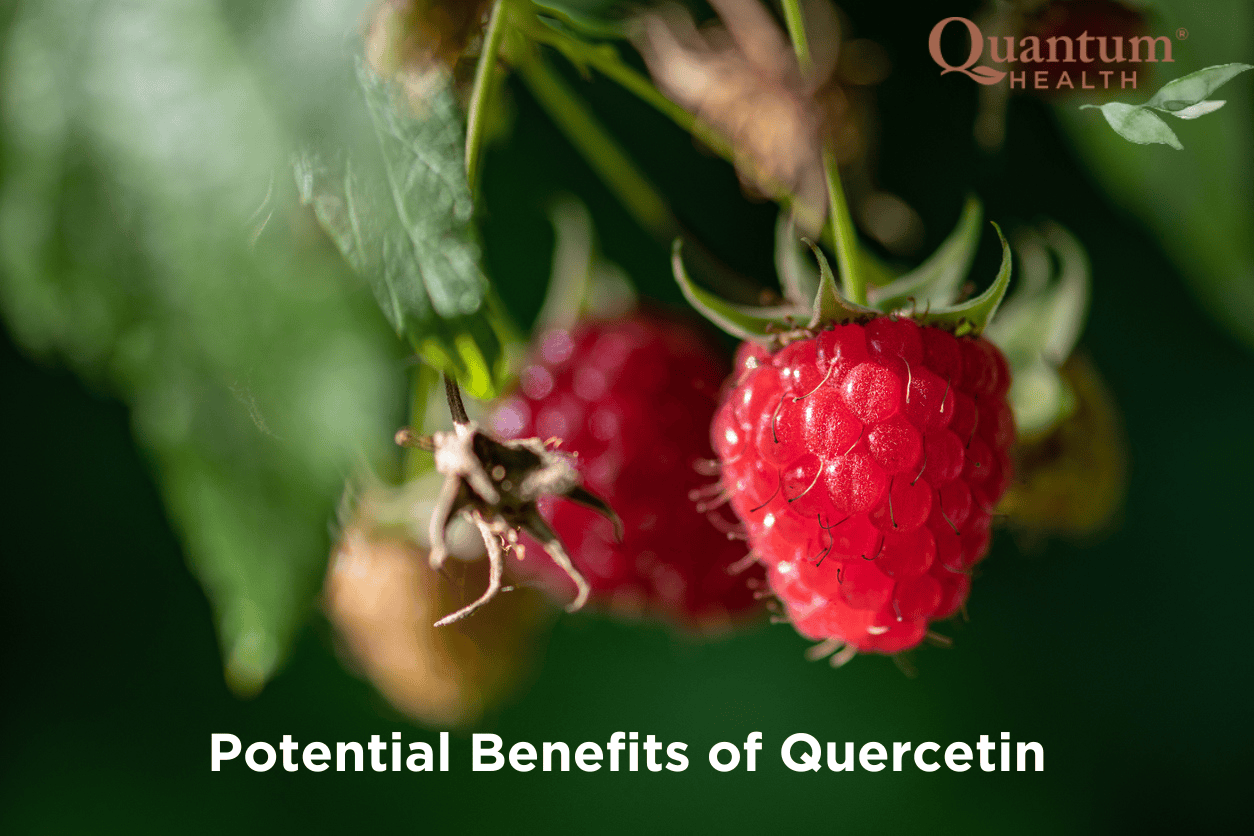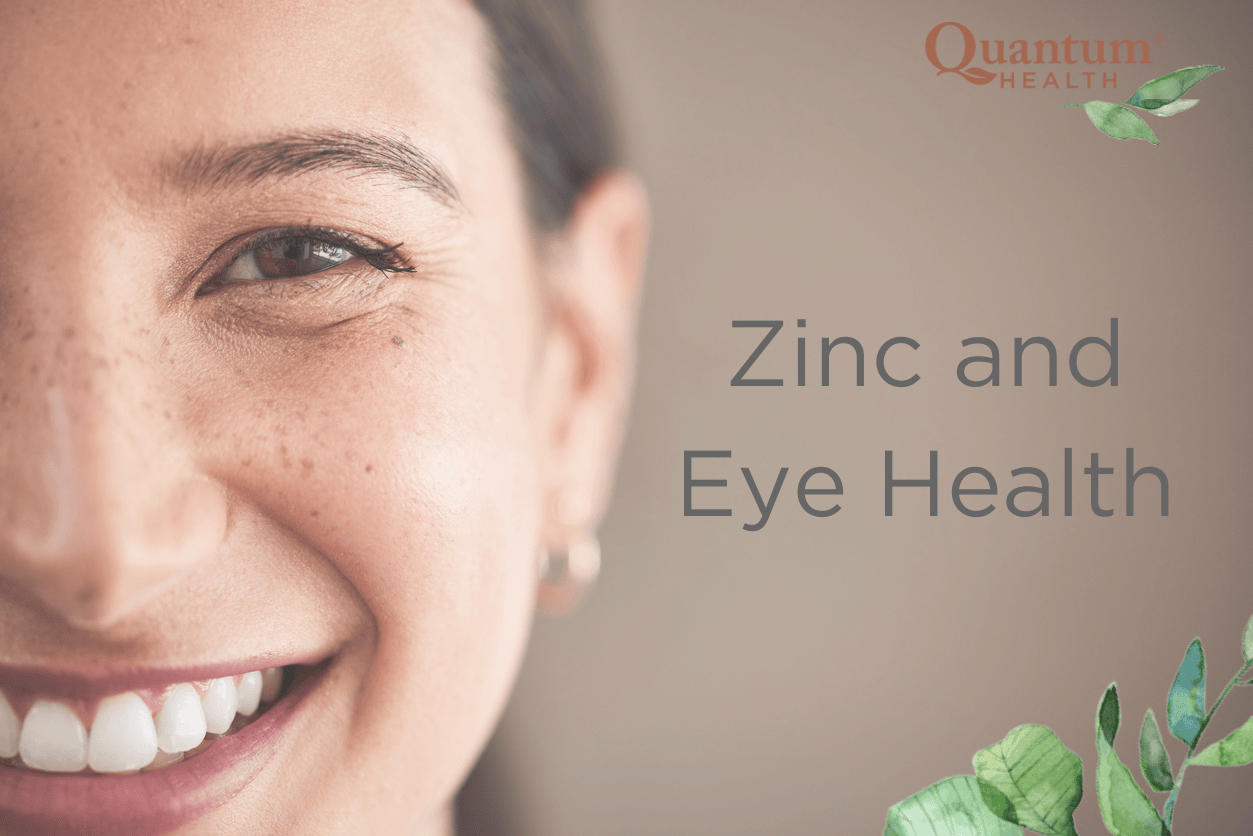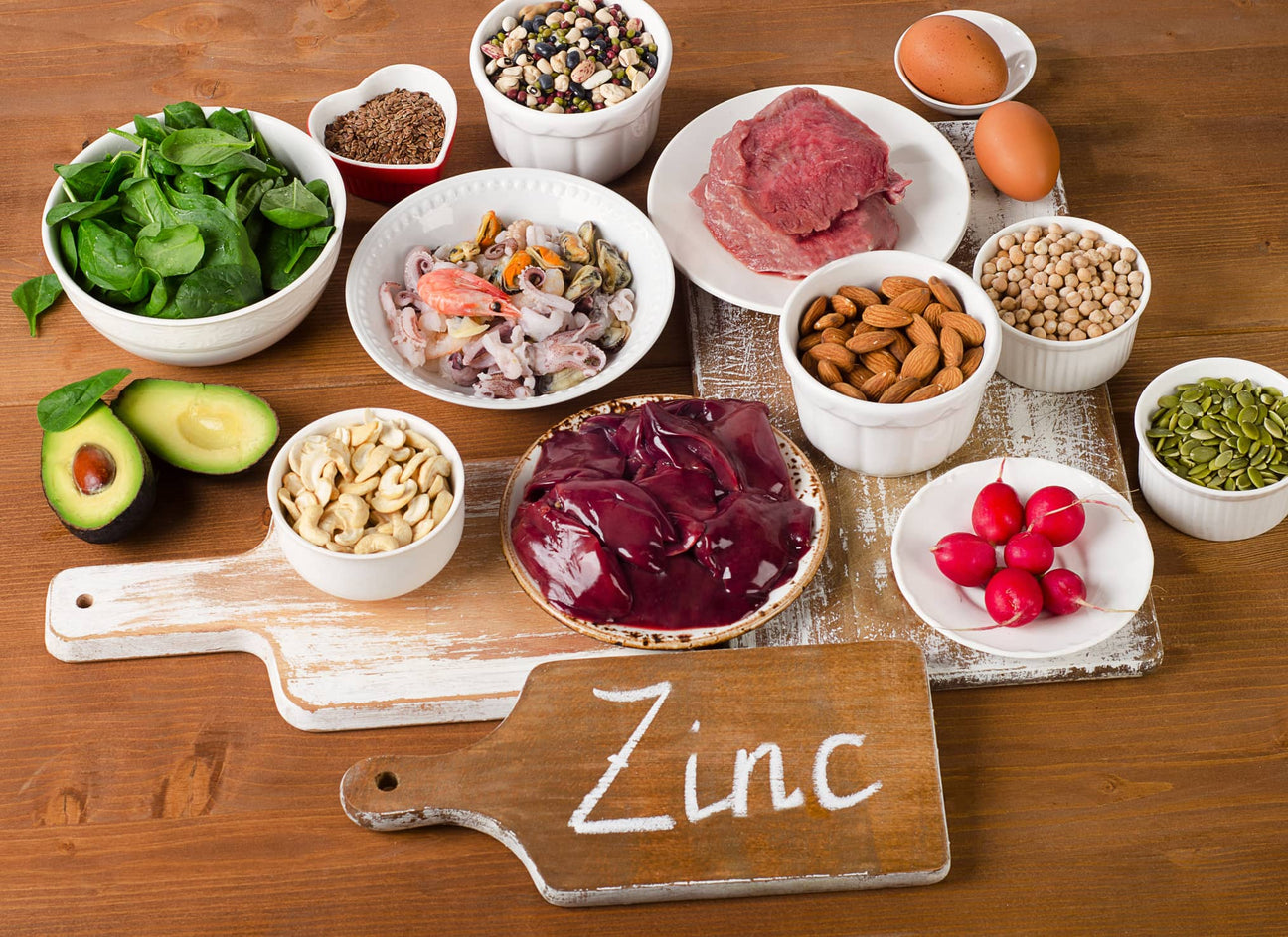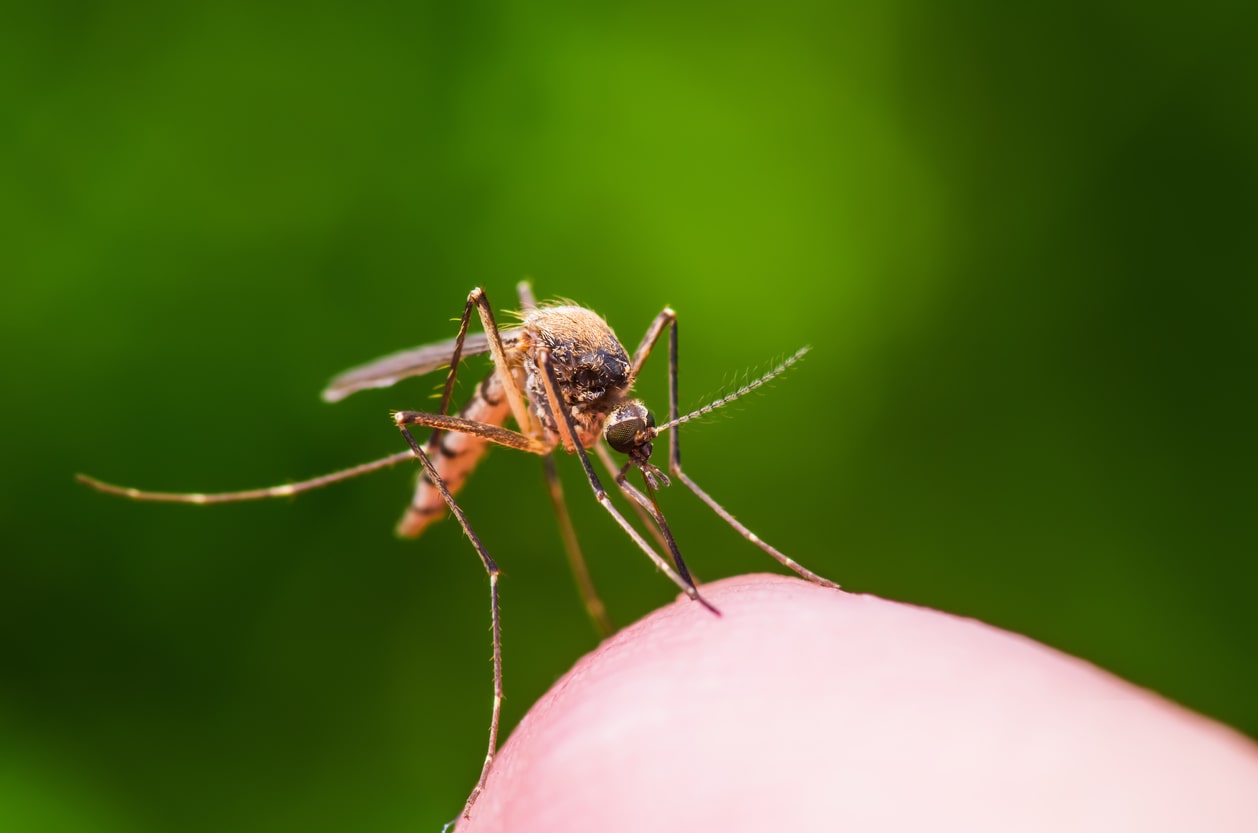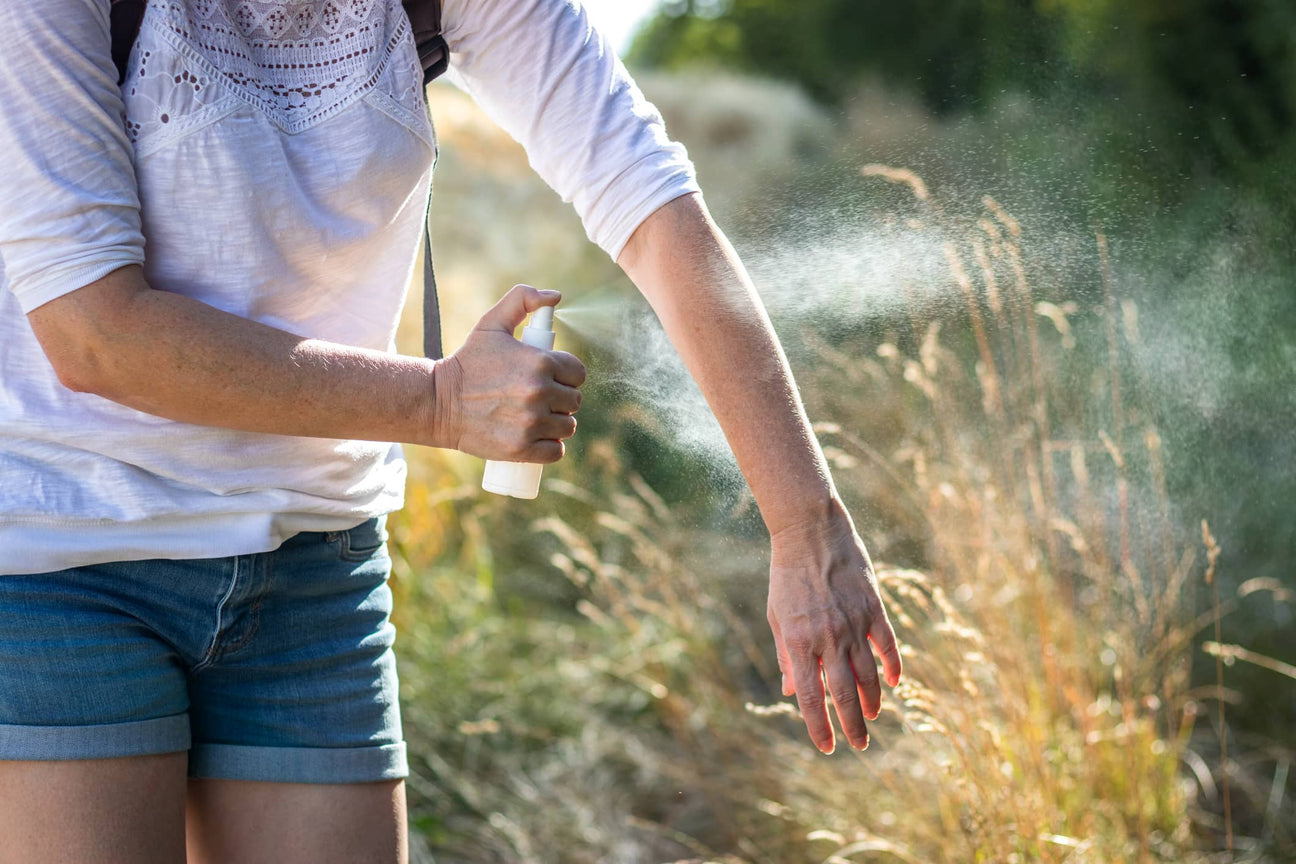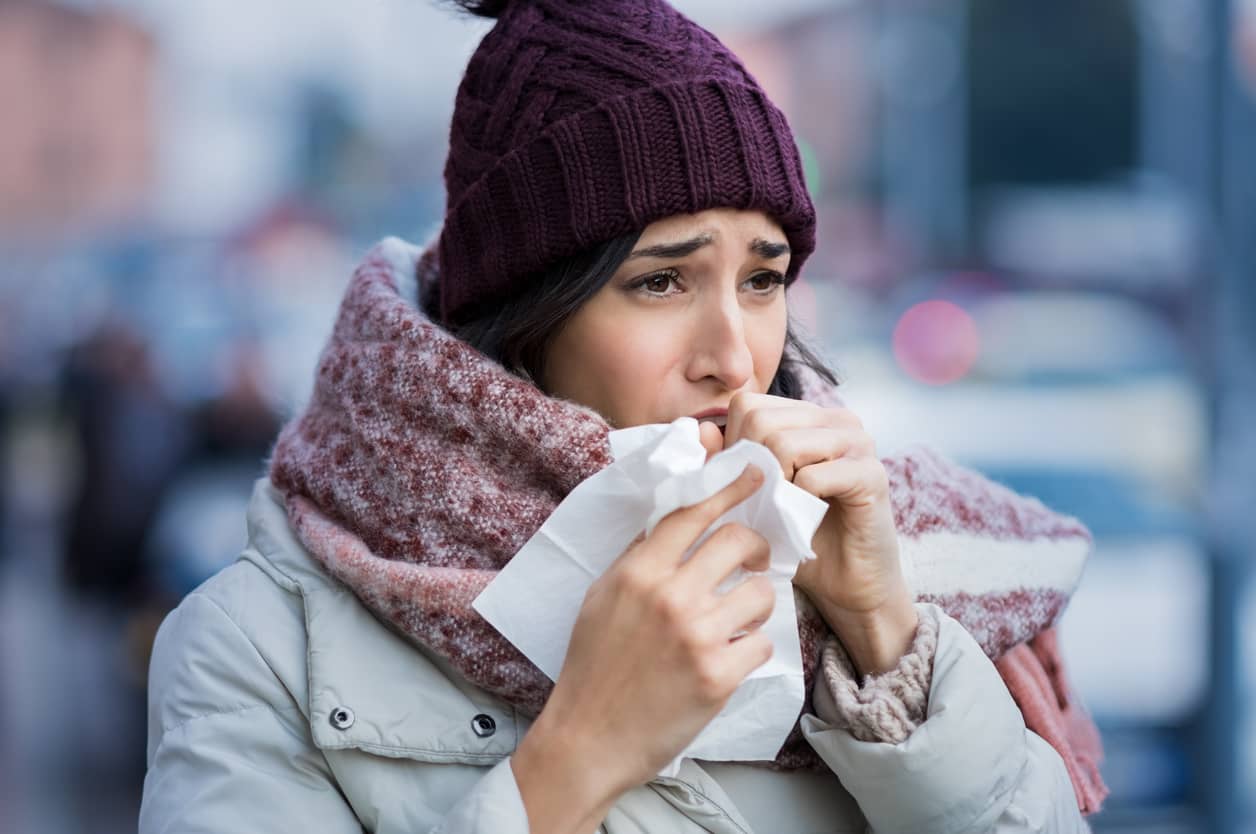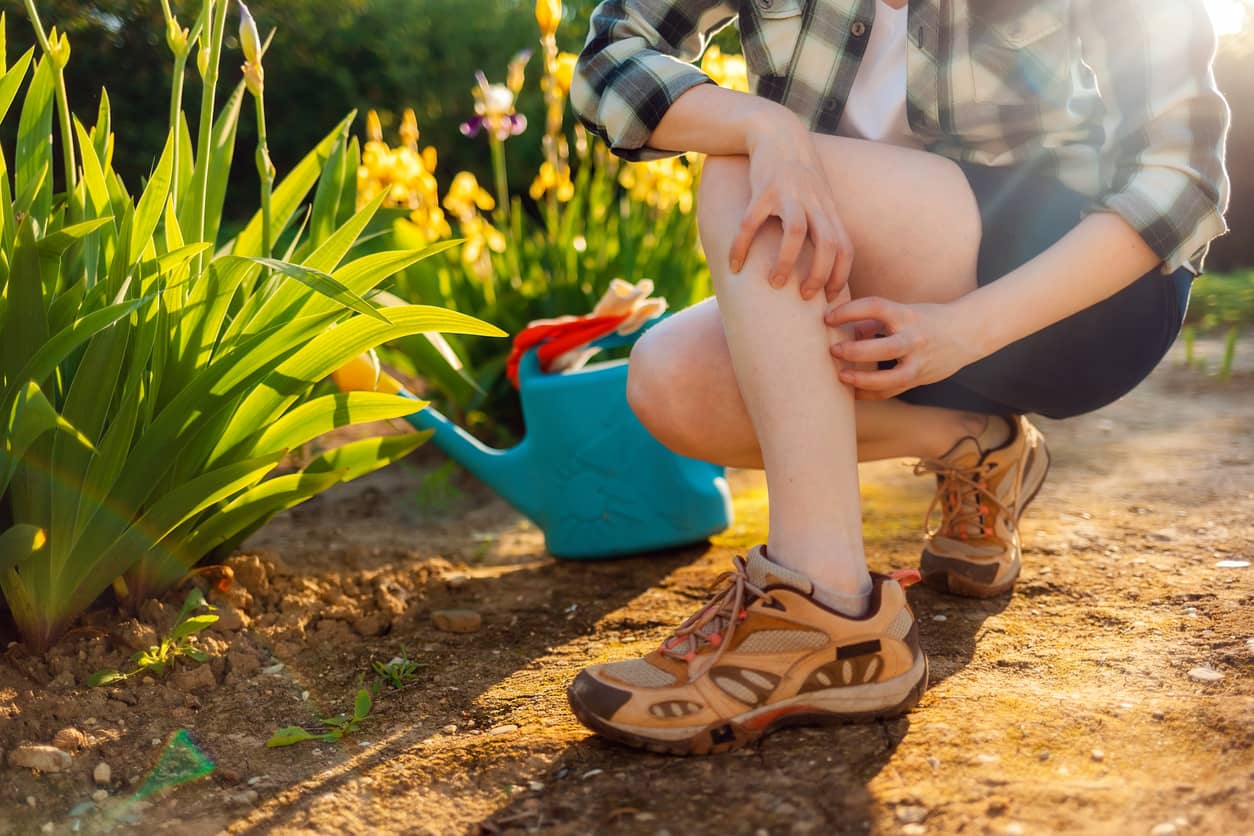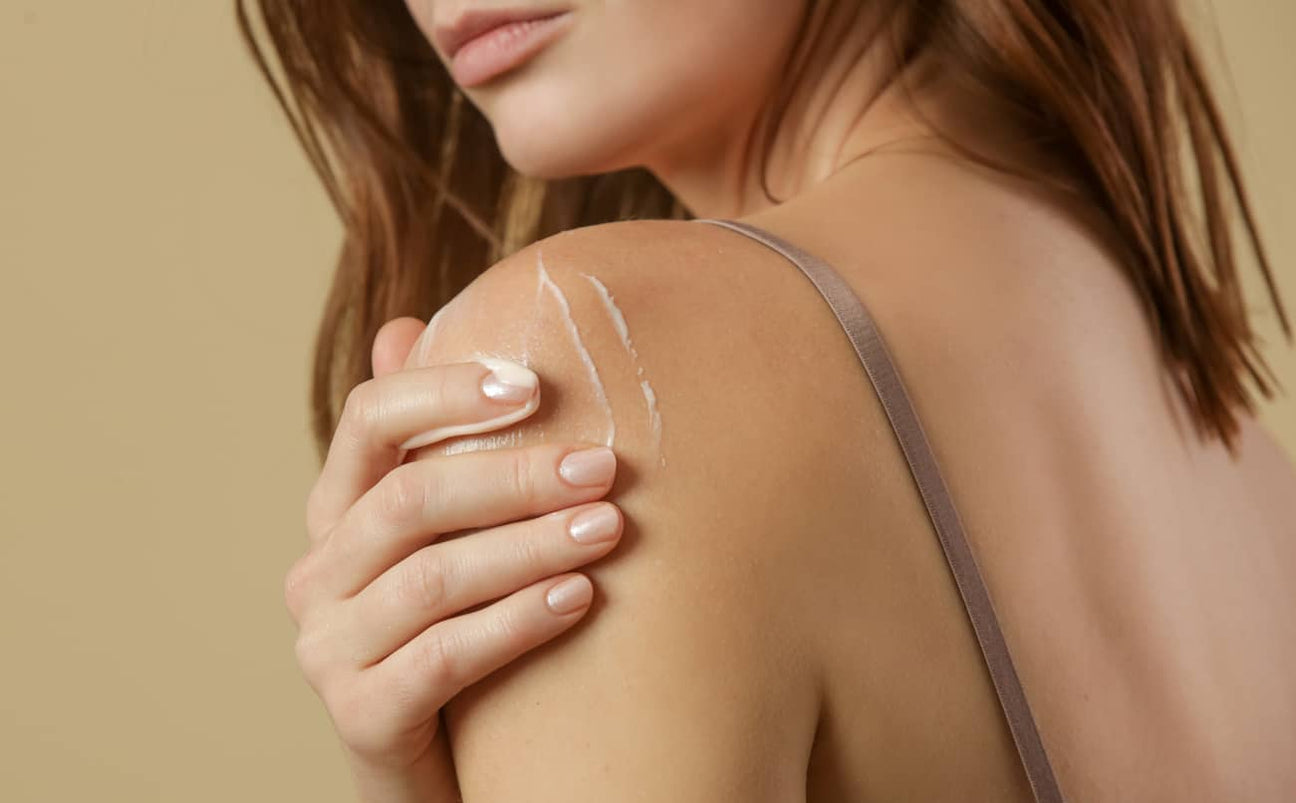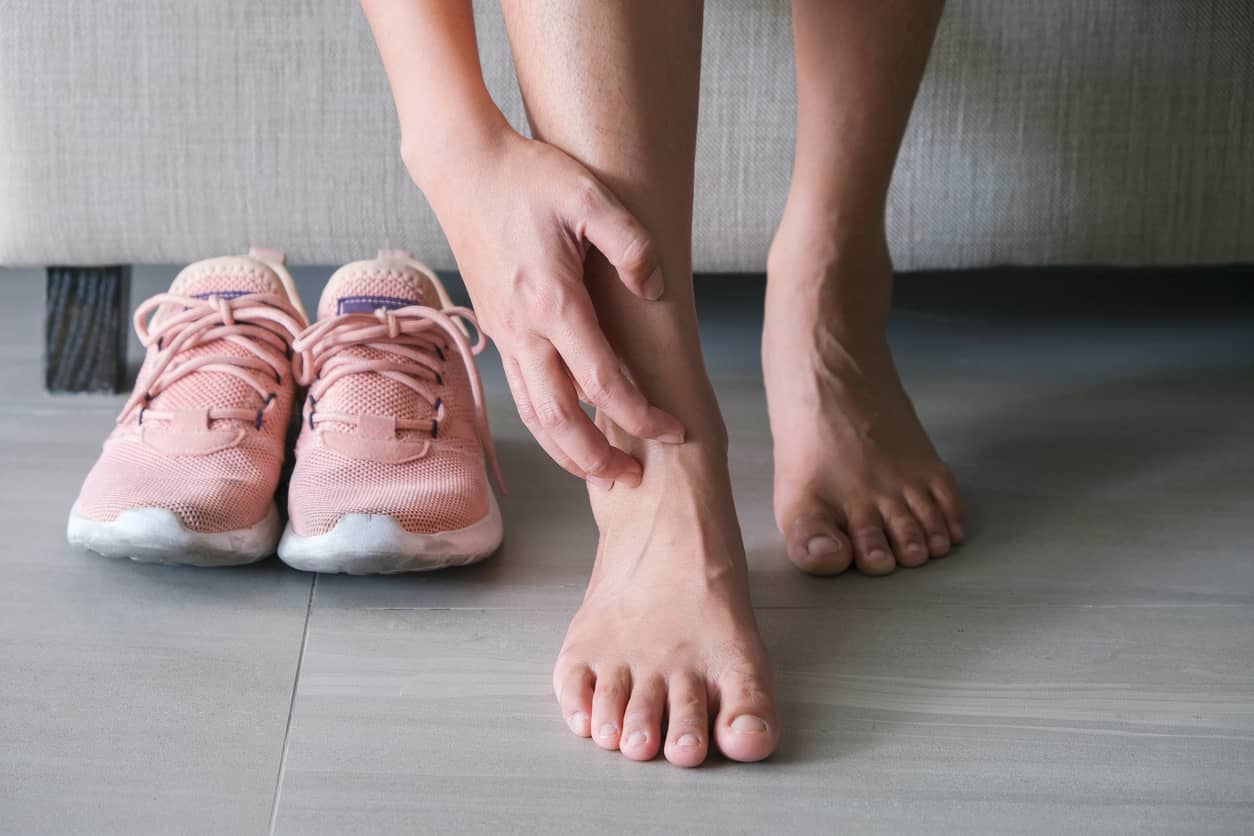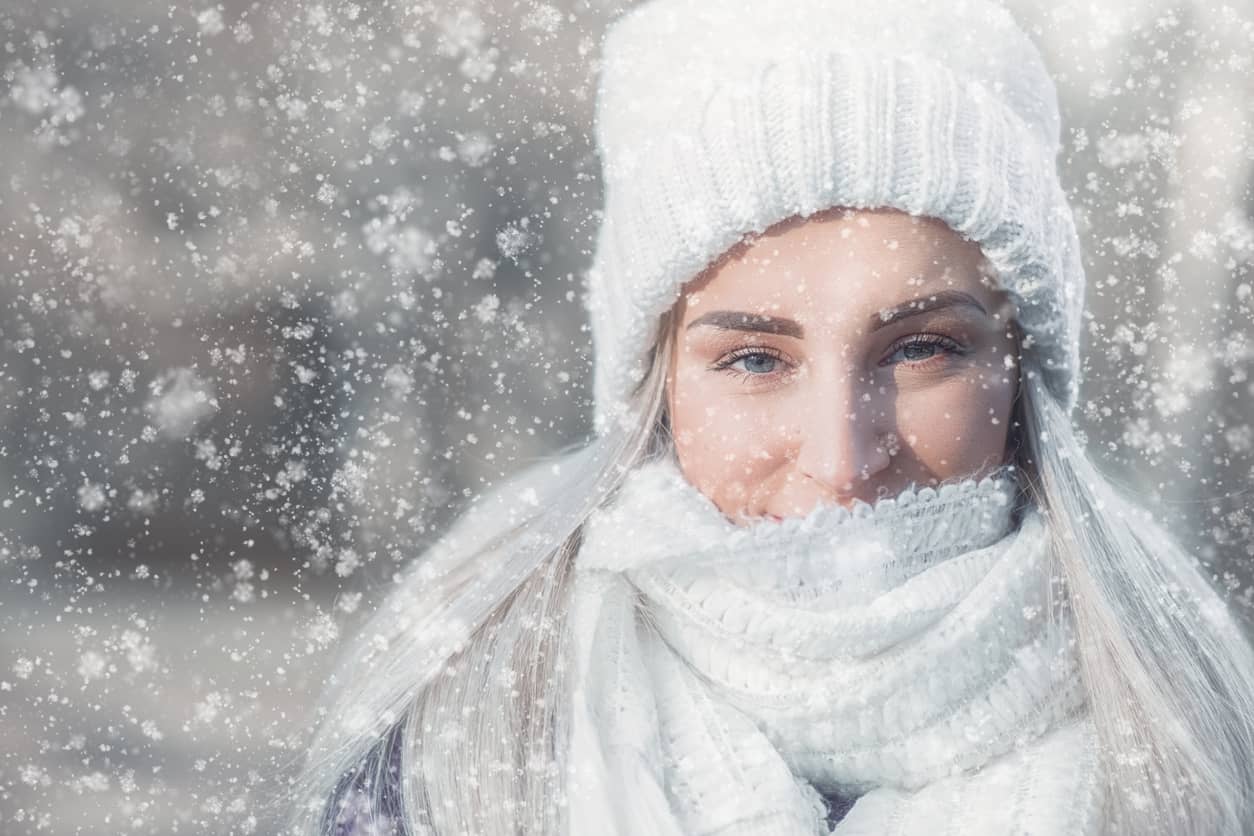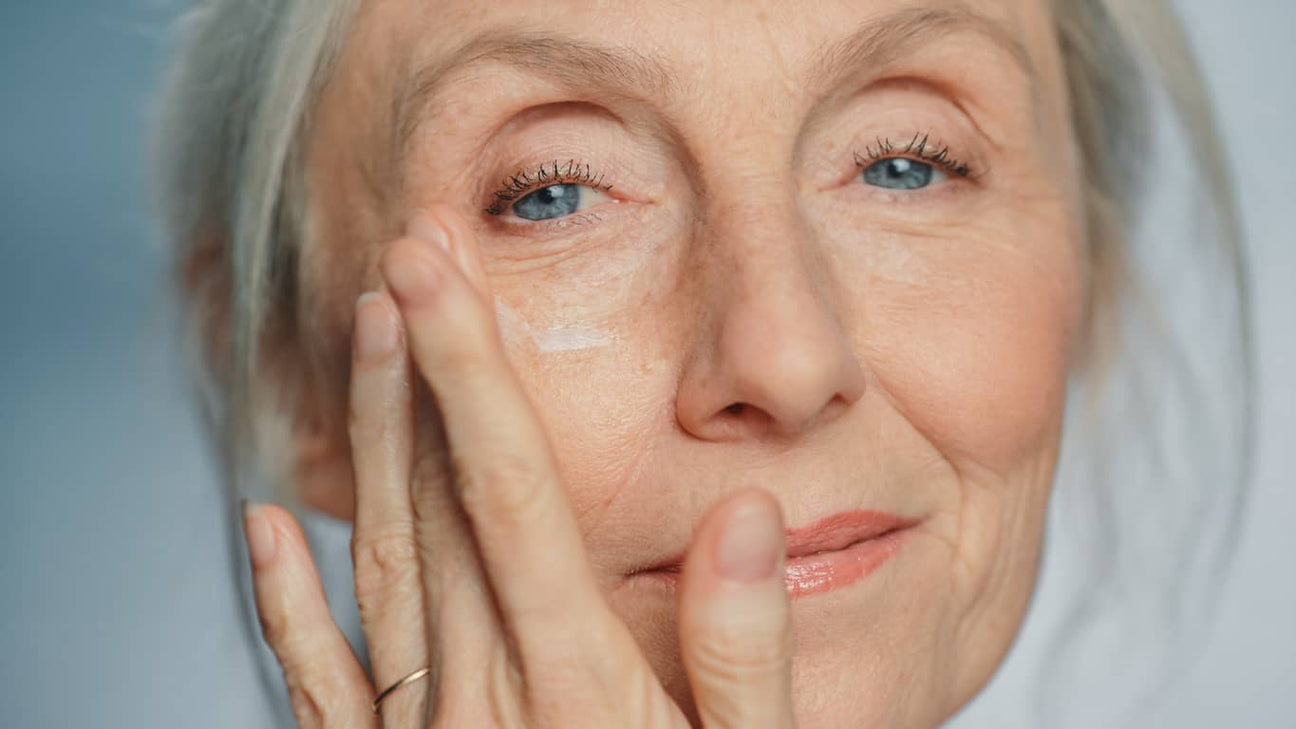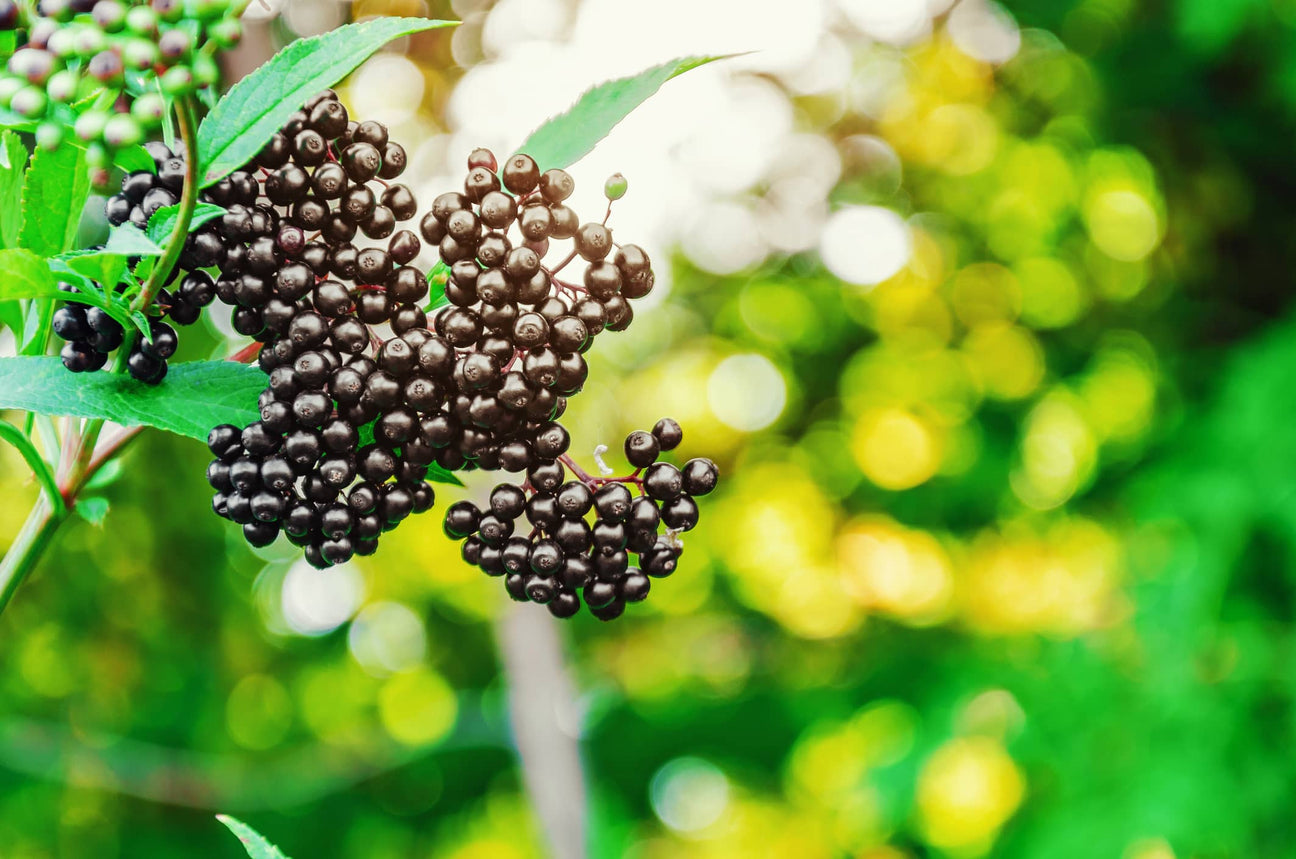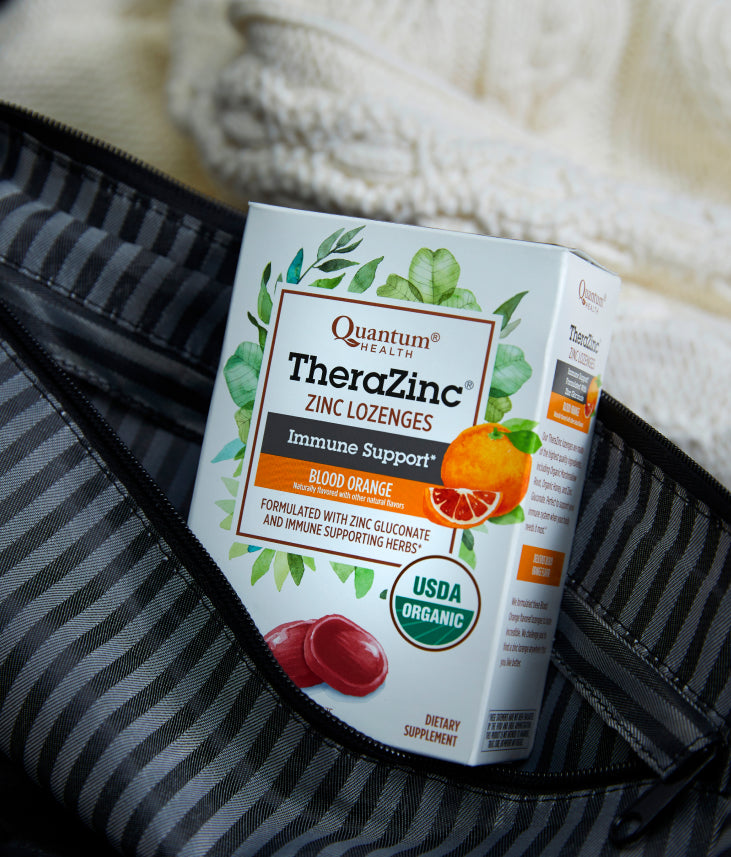A Study On The Efficacy of Buzz Away
The purpose of this study was to assess, under field conditions, the efficacy of Buzz Away Extreme formula Mosquito Repellents (pump spray) to protect humans for up to 4 hours post-application against various mosquito species in southern Ontario. This study was conducted by University of Guelph, Dept. of Environmental Biology, Guelph, Ontario, Canada.
MATERIALS AND METHODS The study was conducted in a meadow bordering a large mixed deciduous/coniferous woodlot (e.g. maples, poplars, birch, tamarack, white cedar, and white pine are predominant species) with secondary growth under the canopy in a rural area four km south of the southern city limit of Guelph, Ontario.Adjacent to the study area was a cattail marsh (> four hectares) approximately 30 meters from the center of the study area, which is a source of Aedes and Anopheles mosquito species and the mosquito Coquilleuidia perturbans. Previous unpublished studies have shown the site to provide sufficient numbers of adult mosquitoes for mosquito repellents evaluations. The evaluation took place on eight evenings in July, 2003.
Repellency Assessment Eight subjects and a supervisor were used in this evaluation. Subjects were selected from staff and students at the University of Guelph.To adjust for size differences among subjects, the surface area of the forearms (wrist to elbow) of each subject was measured and surface area was calculated. The product was applied evenly to the forearms of each subject using latex gloves at a rate of 1.0 ml per 600 cm2 of forearm.During each evening of the evaluation, three subjects per product were treated at various times before the start of the biting counts (0.5, 1.5 and 3.5 hours before counts). Trvo subjects were non-treated and served as controls. Biting counts were performed over a 30 minute period and therefore the duration of protection that was measured was 1, 2 and 4 hours. Hence during the eight-evening study, the product was evaluated on each subject once for each time interval for a total of eight replications. After the third evening of testing, the 4-hour duration time was replaced with a 3-hour duration time for the remainder of the study (subjects applied 2.5 hours before counts initiated). Subjects dressed in identical green overalls, head nets and white cotton gloves. The eight subjects were randomly assigned to one of eight positions on a grid located within the study site. All grid positions were at least 10 m from each other. Biting counts were initiated just prior to dusk (20:30 h) to correspond with peak mosquito biting activity and consisted of 8 3.5-minute biting counts. During each biting count subjects aspirated all mosquitoes landing and probing on two exposed forearms. Mosquitoes were aspirated into 150 ml clear plastic vials and following the biting count, subjects recorded the number of mosquitoes captured. Subjects rotated to the next position on the grid within 17 seconds when the next 3.5-minute biting count began. In this manner, each subject was at each grid position once each night and the duration of exposure was at least 30 minutes.Ambient air temperature and wind speed within the study site were measured at the start and end of the biting counts each evening. Biting counts were not conducted on evenings when air temperature was below 11?C or when strong winds (z 25 kph) or rain occurred because these conditions limit mosquito host-seeking activity.
Data Analysis Percent repellency provided by the product was calculated using the formula: ((number of mosquitoes biting non-treated subjects - number biting treated subjects)/number biting non-treated subjects) X 100%.Percent repellency was calculated for the complete 30 minute exposure period (i.e. total repellency provided after each subject had been at each of the eight grid positions). The mean number of mosquitoes biting treated and non-treated subjects over the eight-evening study was compared using analysis of variance and a Scheffe's comparison of means. The analyses was completed using Statistical Analysis Systems version 6.12 (SAS Institute Inc., Cary, NC).
RESULTS Buzz Away Extreme HOMS formula Insect Repellent provided a mean protection of 99.3 for a duration of one hour.Subjects treated with the product, at all duration times tested, had significantly fewer mosquitoes landing and biting than non-treated control subjects (P> 0.05).
CONCLUSIONS Buzz Away Extreme HOMS formula Spray Insect Repellent provided 99.3% protection after one hour, 91.6% protection at two hours and 89.2% protection at 3 hours. The performance is similar to that of low concentration DEET-based mosquito repellents products.
Share
Your share can inspire countless others.




















